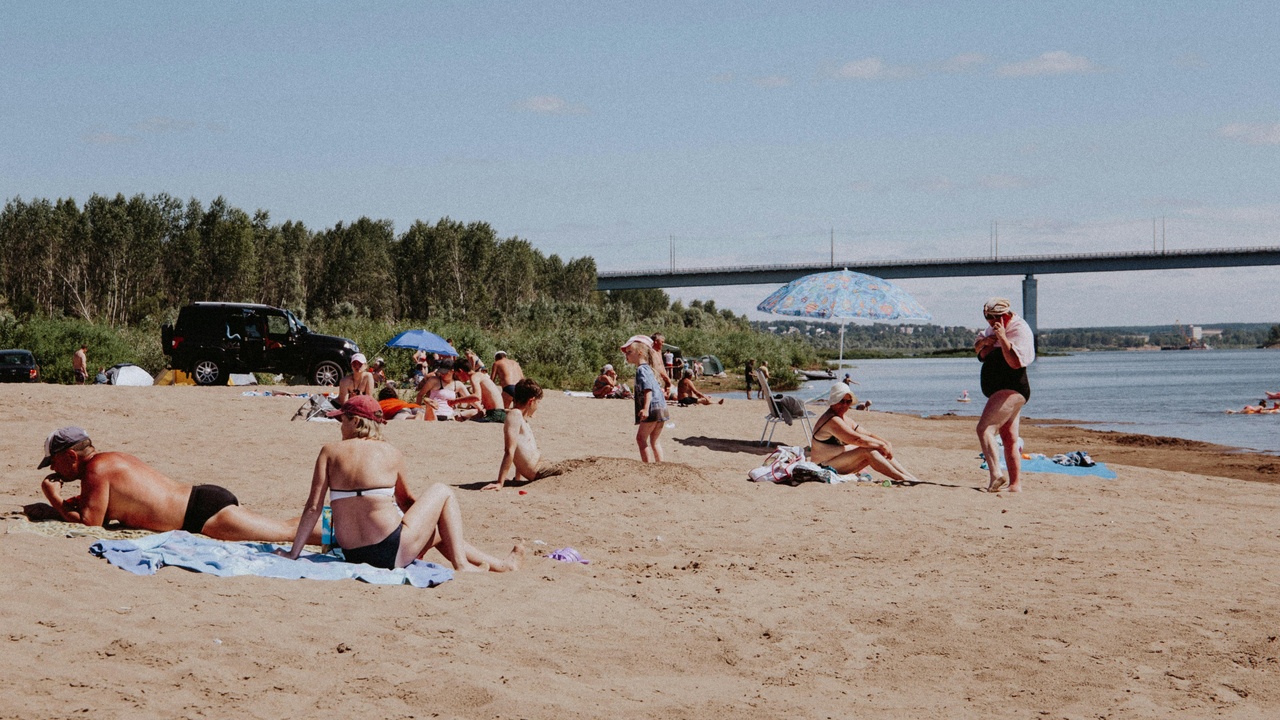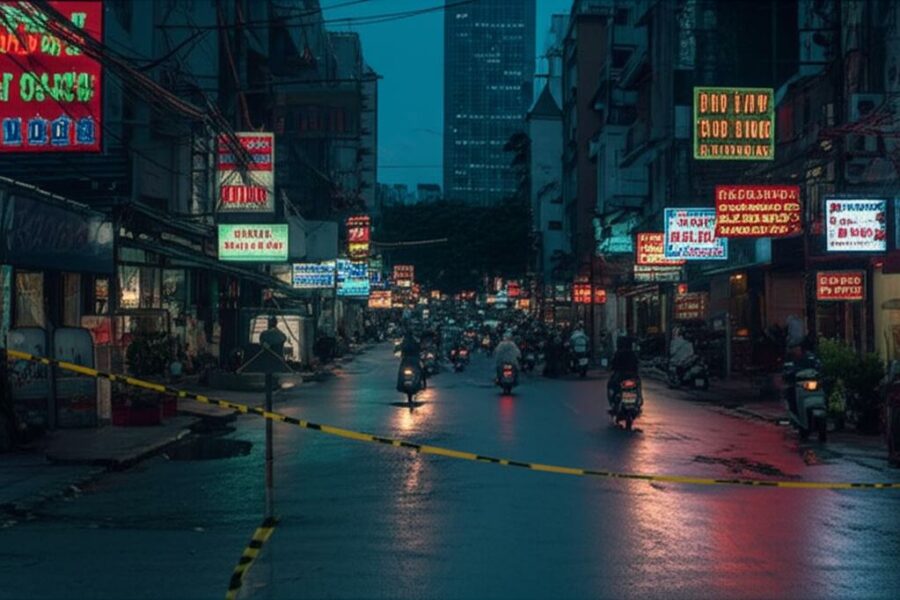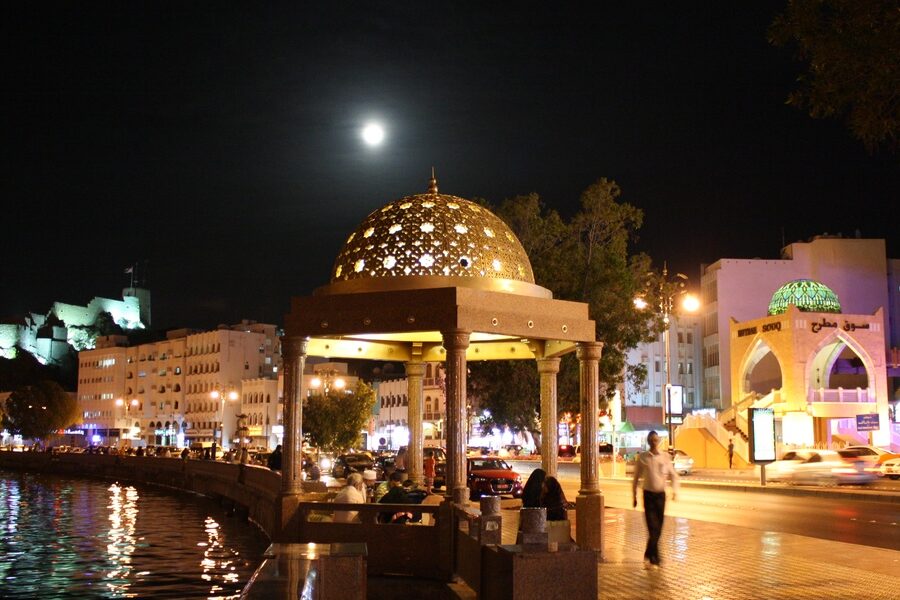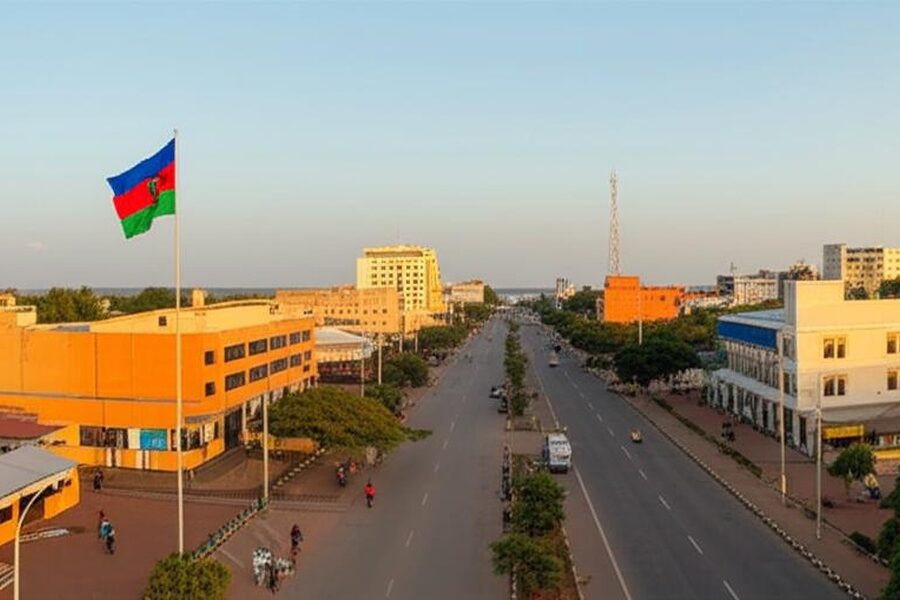Estonia is widely ranked among Europe’s safer countries—home to roughly 1.33 million people—yet a small number of towns account for a disproportionate share of violent and property crimes. Official tallies from the Estonian Police and Border Guard Board and population figures from Statistics Estonia show how local conditions bend national averages: Tallinn (≈440,000) dominates by size, while smaller places like Narva (≈55,000) and Kohtla-Järve (≈30,000) report higher per-capita rates for certain offenses.
This article identifies the 7 most dangerous cities in Estonia, groups them by the main drivers of risk (violent street crime, property/organized crime, and seasonal spikes), and gives practical safety advice for residents and visitors. The list focuses on measurable factors—assaults, robberies, burglaries and event-driven incidents—and explains how borders, local economy and transient crowds shape safety. Read on to learn what to watch for and how local policy and community responses are trying to change the picture.
Cities with higher violent and street crime
Violent and street crime in Estonia tends to cluster where cross-border traffic, concentrated unemployment and active nightlife meet. Border towns often see more incidents tied to transit and informal economies, while industrial or economically marginal districts can have elevated alcohol-related violence and youth offending. For personal safety, assault and robbery rates matter more than aggregate petty-theft counts because they signal direct physical risk.
Using police data on reported assaults and robberies alongside local population numbers gives a per-capita view that highlights true hot spots. Recent Estonian Police and Border Guard Board summaries (2021–2022) show that several smaller towns contribute a notable share of violent-crime reports compared with their population share. If you live in or visit these areas, simple steps—staying in groups at night, avoiding poorly lit transit hubs and reporting suspicious activity—lower your risk.
1. Narva — border city with concentrated violent crime
Narva regularly appears at the top of crime maps for Estonia on a per-capita basis. With a population around 55,000, the city has recorded higher-than-average rates of assaults and street robberies in 2021–2022, according to Estonian Police statistics.
Proximity to the Russian border, a squeezed local economy and busy transit corridors concentrate incidents near the railway station and some older central districts. Locals commonly advise avoiding certain transit hubs and poorly lit streets after dark, especially near the riverfront and the bus terminal.
The municipality and police have increased patrols and installed additional CCTV in recent years, and community outreach programs aim to reduce youth offending. Safety tip: travel in groups after sunset and keep bags secured close to your body around transit stops.
2. Tallinn (certain districts) — capital’s pockets of street crime
Tallinn is safer overall than many European capitals, but crime patterns vary sharply by neighborhood. With a population near 440,000, the city’s per-capita violent-crime rate is modest, yet districts such as Lasnamäe and late-night spots in Old Town and key transit corridors show elevated incident counts.
Tourist areas see frequent pickpocketing and occasional assaults linked to nightlife. Summer festival nights and weekend party scenes in Old Town produce noticeable spikes in reported assaults and alcohol-related calls, as reflected in municipal police safety summaries.
Practical advice: keep valuables out of rear pockets, use well-lit main streets when walking at night and use the Tallinn municipal police non-emergency line or city safety app to report problems. Registered taxis and designated night transport routes reduce risk after late events.
3. Kohtla-Järve — industrial town with concentrated youth and alcohol-related violence
Kohtla-Järve is an industrial area where economic decline and social fragmentation have driven certain violent incidents. The town’s population is roughly 30,000, and local health and police records for 2020–2022 point to a higher share of emergency-room presentations tied to assaults and alcohol-related injuries than the national average.
Unemployment pockets and a younger offender profile contribute to street fights and late-night disturbances that make parts of the night economy feel less safe. Municipal outreach—youth centers, targeted policing and job programs—has begun to address root causes, but resource constraints remain.
Residents and visitors should favor well-attended venues, avoid isolated drinking spots and take advantage of local community programs that offer supervised activities for young people.
Cities with elevated property and organized-crime activity
Property crimes and organized theft rings concentrate where vacant sites, industrial yards and weak oversight create easy targets. Burglaries, repeated garage thefts and thefts of construction materials or vehicles often follow predictable economic incentives: resale markets, gaps in site security and labor-market distress.
Comparing burglaries or auto-theft counts per 10,000 residents highlights true problem spots rather than raw totals. Police and customs records sometimes reveal patterns—repeated thefts from building sites or clusters of vehicle thefts tied to organized groups—that prompt joint enforcement and prevention measures.
Reducing these crimes typically combines better fencing and lighting, private security for high-risk sites and coordinated police–customs crackdowns on resale networks. Business owners and homeowners both play a role by tightening inventory controls and joining neighbourhood watches.
4. Maardu — suburb with persistent property-crime reports
Maardu, a suburban town near Tallinn with roughly 16,000 residents, regularly registers burglaries and residential thefts. Police records for recent years show repeated complaints involving break-ins to homes, garages and construction sites.
The real-world impact shows up in higher homeowner insurance premiums and concerns about property values. Municipal responses have included improved street lighting, community watch schemes and targeted patrols in known trouble spots.
Homeowner tip: fit visible alarms, secure sheds and tools on-site, and coordinate with neighbours to log unknown vehicles or persons near construction areas.
5. Sillamäe — port and industrial theft vulnerabilities
Sillamäe’s port and industrial infrastructure make it vulnerable to theft of cargo, building materials and equipment. The town’s population is about 13,000, but the concentration of warehouses and yards attracts opportunistic and, at times, organized theft activity reported to police and customs.
Local businesses face lost revenue and higher security costs. Common mitigation includes gated yards, CCTV, stricter inventory protocols and increased coordination with customs and police during peak shipping periods.
Advice for businesses: document serial numbers, limit site access after hours and work with regional enforcement on intelligence about resale channels.
Tourist and seasonal hotspots where incidents spike

Seasonal population surges—summer tourists, festival crowds and student influxes—create temporary rises in theft, assaults and alcohol-related incidents. These spikes differ from year-round hotspots because they depend on time-limited events and transient populations, but they still shape safety planning for visitors and local services.
Festival attendance figures and student population counts (for example, the University of Tartu’s roughly 30,000 affiliated students) show the scale of these temporary pressures. During peak weekends, local emergency services and police resources can become stretched.
Visitors should treat these times as higher-risk: secure valuables, plan transport home in advance, and follow event safety guidance issued by municipal authorities.
6. Pärnu — summer tourist crowds and nightlife incidents
Pärnu’s year-round population is around 40,000, but peak summer weekends see many times that number of visitors for beaches and festivals. Municipal tourism data show clear spikes in petty theft and alcohol-related assaults during July and August festival weekends.
On busy beach nights and during large open-air events, pickpocketing and late-night altercations increase. The city typically boosts policing in summer, but visitors still account for a large share of reported incidents.
Visitor tip: keep phones and wallets in front pockets or a money belt, avoid isolated beach entrances after dark and use official festival information points if you need help.
7. Tartu — student nightlife and occasional spikes in assault or theft
Tartu, with roughly 98,000 residents and a university community of about 30,000, experiences episodic spikes tied to student events and term-start traditions. Local hospital and police records show increased emergency visits and night-time incidents during large student gatherings.
Student nightlife can lead to alcohol-related assaults and opportunistic thefts in busy bars or transport nodes. The city and university respond with awareness campaigns, improved night transport and campus safety escorts during high-risk weekends.
Student advice: plan rides home, travel with friends, and use regulated taxis or campus escort services late at night.
Summary
- Estonia is generally safe, but localized pockets of higher risk exist; city-level per-capita data (Estonian Police and Statistics Estonia) reveal those concentrations.
- The seven places above have different drivers—border dynamics, economic decline, organized property theft, and seasonal crowds—so precautions should match the local cause.
- Practical steps lower exposure: travel in groups at night, secure valuables, use lit main routes and official transport, and report incidents to police or municipal apps.
- Community and policy actions—improved lighting, youth outreach, coordinated police–customs enforcement—are effective at reducing repeat incidents over time.
- Before you go, check the Estonian Police and Border Guard Board advisories and local municipal safety pages for event alerts and up-to-date guidance.





